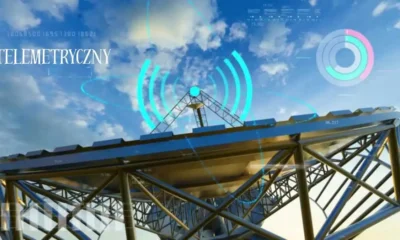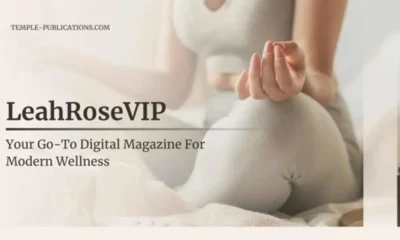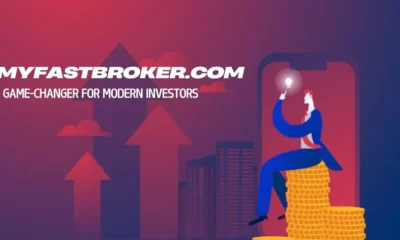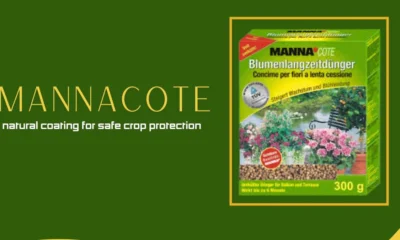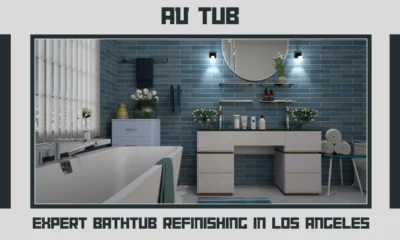GENERAL
Ruderne: Denmark’s 14th-Century Goose Tower & Ancient Legacy

The term “Ruderne” refers to the remnants of historic sites in Denmark, most notably the Vordingborg Castle ruins. Located in Vordingborg municipality, these ruins hold immense cultural and historical significance. One of them is particularly well-known Goose Tower (“Gåsetårnet”) that characterized Denmark in the Middle Ages. Frozen in the 14th century, it is considered one of the oldest preserved buildings in the country with defensive facilities. Visiting grounds of Ruderne is a walk through the castle walls and moving through the castle’s courtyards which gives it a rich historical element that makes Ruderne one of the places that history lovers and anyone who is interested in Denmark’s rich medieval history would not want to miss when they visit Denmark.
Historical Background of Vordingborg Castle
Vordingborg Castle was established more than 800 years ago in the 12th century by king Valdemar the Great. Its favorable location on the southern coast of Denmark meant that during the middle ages it was heavily used as a fort. The castle received its greatest extention during the reign of King Valdemar IV (Atterdag) in the 14th century to become one of the strongest castles of Scandinavia. It fulfilled its political and military functions and determined the destiny of the region. However, the castle fell into decline throughout centuries because of shifts in political power and wars and now it is famous for ruins. The site now offers a chance to look at the country’s medieval history with the help of the fragments remained.
The Iconic Goose Tower (“Gåsetårnet”)
- Historical Significance: Gåsetårnet is one of Denmark’s oldest and most picturesque remains of medieval defensive structures, which historians now believe where first constructed in the 14th century.
- Symbol of Royal PowerThe figure of the golden goose located at the top of the tower can objectively be considered as the main symbol of the castle’s main purpose in the Middle Ages – the consolidation of the royal power near which the structure is built
- Architectural Design: Deep and all round surrounding the plaza is a cylindrical brick structure with a thickness capable of withstanding attacks and hosting a commanding position.
- Cultural Landmark..: Vordingborg Castle was attacked and partially destroyed during the witch hunt in 1518, and eventually demolished apart from the Goose Tower; currently, the Goose Tower is a symbol of the medieval Denmark and its ability to preserve the building.
Ruderne’s Role in Danish History
During its prime, Vordingborg Castle was a political and military epicenter in Denmark. It served as a base for numerous conflicts, including those against the Hanseatic League. It was acting as a great fortification point against any invaders since its physical position was strategic. Gradually it was associated with the kingship and the monarch’s authority and control. That is why such monuments as treaties and battles associated with it are essential in the chronicle of Denmark’s historical past. Today, Ruderne is not only a symbol of medieval Denmark but also a living testimony of a culture that has been finished The Danes are still proud of it and the tourists are interested in it. It still stands and is an example of the historical and medieval Danish architecture.

The Architecture of Ruderne
The structure of the castle clearly illustrates a great number of principles of medieval fortification design. Ever constructed with strong bricks and stones it had strong walls and a surrounding moat with towers at certain intervals. An example of such design is demonstrated by the Goose Tower at the site, which has a cylindrical shape with a strong foundation. Today, the outlines of the leading castle and its surroundings can be observed as well as fragments of the Shades castle tapestry Nonetheless, based on the remaining structures they preserve the medieval appearance of the castle and tell a lot about the historical period under consideration; therefore, people interested in the Middle Ages will have much to enjoy seeing in Vordingborg.
Exploring the Ruins Today
Visitors to Ruderne can explore the remains of the castle walls, courtyards, and other key structures. Guided tours also give historical background information being able to make walking in such remnants a memorable experience. Goose Tower is quite fascinating; members can watch stunning countryside outlooks from this amazing tower. Most of the signs and the interactive installations remain informational, and therefore easily understandable for all ages. It is a historical site but it is located in peaceful areas and therefore is ideal for history and nature enthusiasts. Ruderne is an example of the medieval architecture of Denmark where tourists will be able to learn alot about history as well as enjoy exploring nature.
Archaeological Discoveries at Ruderne
- Artifacts: Excavations have uncovered pottery, coins, weapons, and tools that provide insights into medieval daily life, trade, and craftsmanship.
- Castle Layout: Archaeologists have uncovered sections of the original castle’s layout, revealing the foundations of lost towers, walls, and structures.
- Cultural Insights: The discoveries help shed light on the social structure, cultural practices, and living conditions within the castle during its prime.
- Trade and Economy: Items like coins and trade goods suggest that Vordingborg Castle was a hub for regional and international commerce.
- Defensive Design: Findings of weaponry and fortifications further highlight the castle’s strategic military importance during medieval conflicts
Events and Activities at Ruderne
Ruderne hosts various events and activities that bring history to life. Annual medieval festivals include reenactments, showcasing battles and daily life from the Middle Ages. Educational workshops and guided tours offer insights into Denmark’s history and archaeology. The site is also a venue for cultural events, such as concerts and art exhibitions, set against the stunning backdrop of the ruins. These events make Ruderne an engaging destination for visitors of all ages, blending education with entertainment while celebrating the heritage of Vordingborg Castle. Visitors can enjoy hands-on learning while experiencing the medieval atmosphere.
Conclusion
Ruderne stands as a remarkable window into Denmark’s medieval past, offering a unique blend of history, culture, and scenic beauty. From the iconic Goose Tower to the tranquil ruins of Vordingborg Castle, the site provides a rich and immersive experience. Whether you’re a history enthusiast, a cultural explorer, or simply a traveler seeking stunning views, Ruderne is a destination that captures the essence of Denmark’s heritage. Exploring its ruins connects visitors to the stories and lives of the past, making it a must-visit location for anyone eager to uncover the treasures of Danish history and culture.
-

 BIOGRAPHY7 months ago
BIOGRAPHY7 months agoBehind the Scenes with Sandra Orlow: An Exclusive Interview
-

 HOME1 year ago
HOME1 year agoDiscovering Insights: A Deep Dive into the //vital-mag.net blog
-

 HOME1 year ago
HOME1 year agoSifangds in Action: Real-Life Applications and Success Stories
-

 BIOGRAPHY1 year ago
BIOGRAPHY1 year agoThe Woman Behind the Comedian: Meet Andrew Santino Wife

